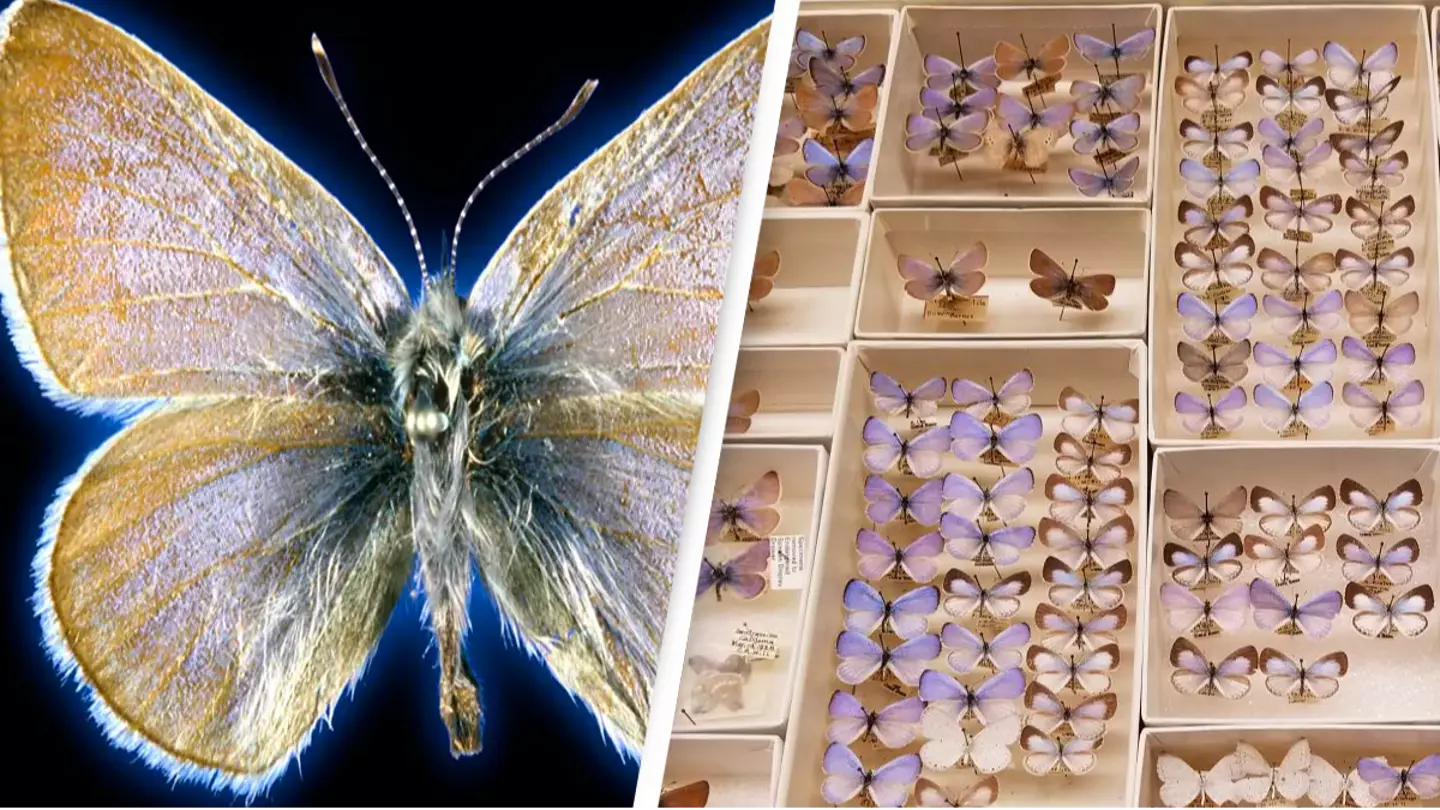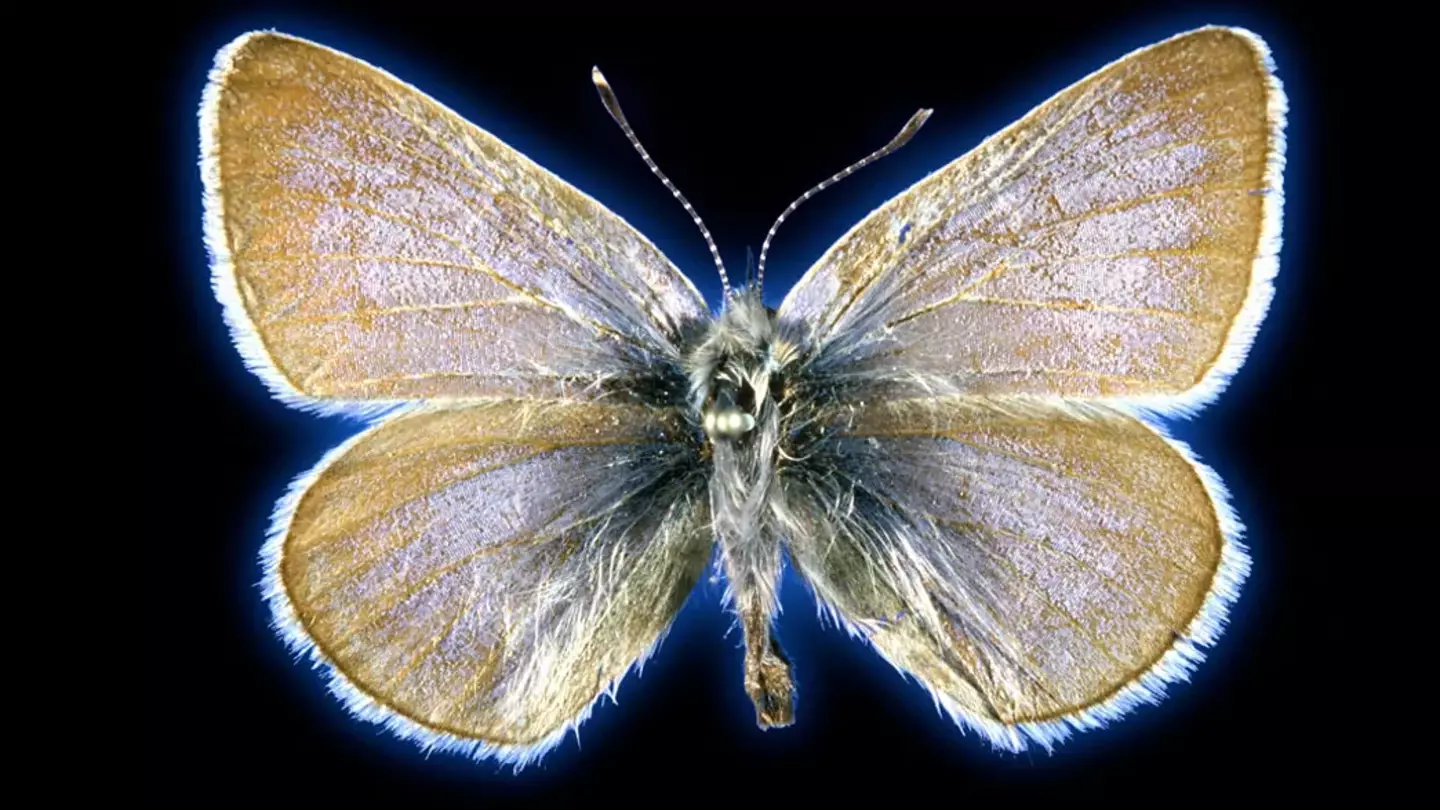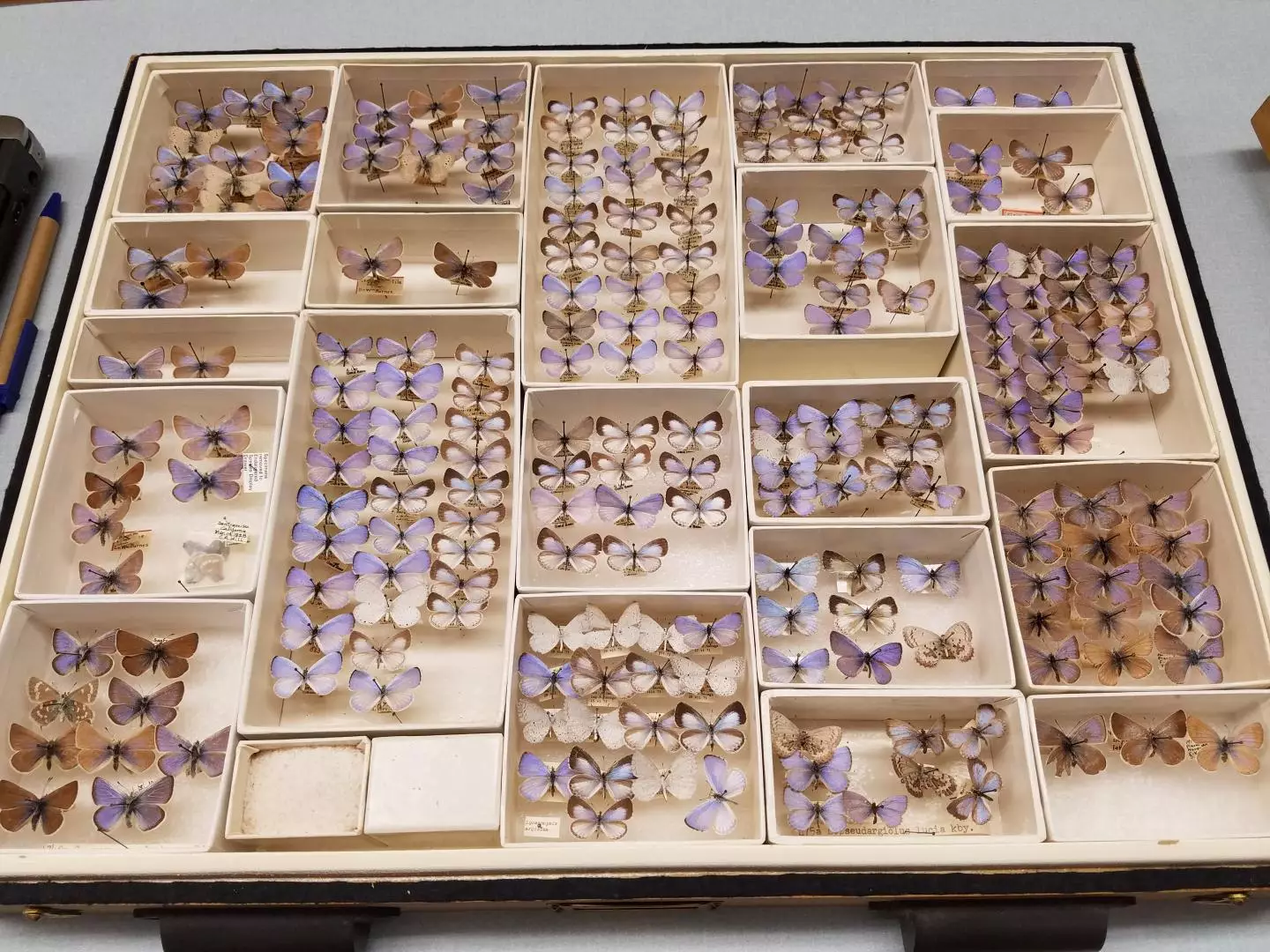
Around 80 years ago, humans spotted the Xerces blue butterfly for the last time, leading to it being presumed extinct since that day.
Whilst we humans are pretty good at killing off animals – much to our discredit – this one is particularly galling as it is broadly accepted as the first American insect species to go extinct as a direct result of humans.
It’s sad, but it’s hardly an isolated incident these days.
Advert
However, over the years there have been questions about whether the Xerces was actually a distinct species of its own to start with, as well as questions about whether it actually did go extinct.

Now, new research has confirmed that it was a distinct species to begin with and added further credibility to the first human-led insect extinction theory.
The researchers have since published their findings in journal Biology Letters, having analysed DNA from a 93-year-old Xerces blue butterfly – which has the scientific name Glaucopsyche Xerces – that was taken from a specimen in Chicago’s Field Museum.
Advert
They found enough unique DNA to declare the species a distinct one, putting paid to the theories of those who had doubted whether it was the first US insect species to be consigned to the history books.
The lead author of that study and co-director of Field’s Grainger Bioinformatics Center, Felix Grewe, said in a statement: "It's interesting to reaffirm that what people have been thinking for nearly 100 years is true, that this was a species driven to extinction by human activities.”
The Xerces was native to the peninsula around San Francisco, and was last seen in the 1940s, just a century after it was first discovered and identified in 1852.
The insect is believed to have become extinct because of growing incursions from urban development causing disturbance and habitat loss.
Advert
Ultimately, that was enough to get rid of the beautiful butterfly once and for all.
The confusion seems to have been because there is another species that is quite similar, though – as we now know – not exactly the same, as the Xerces.
Through extensive DNA study, the researchers managed to prove that the two species were distinct enough from each other to be separate, therefore confirming that the Xerces blue was made extinct.

"The Xerces blue butterfly is the most iconic insect for conservation because it's the first insect in North America we know of that humans drove to extinction," said study author and entomologist Corrie Moreau, who had the ‘nerve-wracking’ task of collecting the DNA from samples and analysing them.
Advert
So, what can we learn from this?
Well, the scientists hope we can stop something like this happening again.
“Let's put that effort into protecting what's there and learn from our past mistakes," said Grewe.
Explaining the importance of insects to ecosystems and maintaining biodiversity, Moreau said: "[they] aerate the soil, which allows the plants to grow, and which then feeds the herbivores, which then feed the carnivores. Every loss of an insect has a massive ripple effect across ecosystems."
